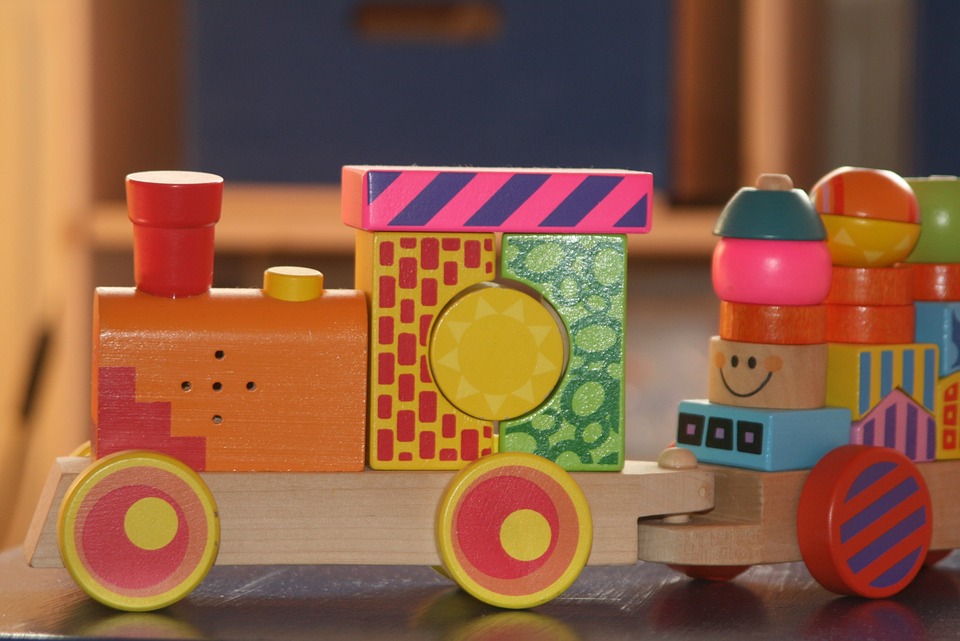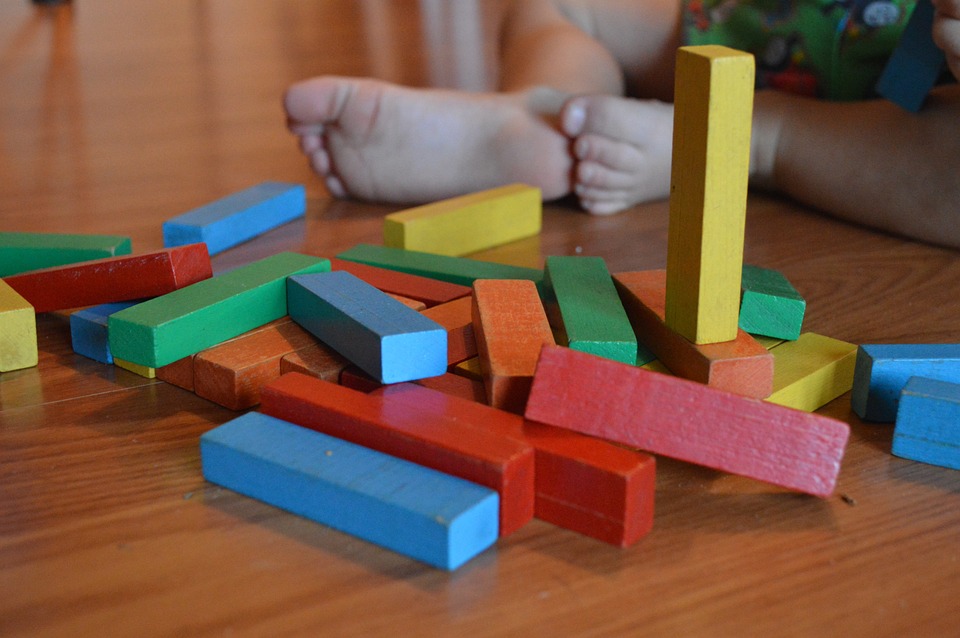Understanding childhood development stages
Childhood development is a dynamic and multifaceted process that encompasses physical, cognitive, social, and emotional growth. Understanding these stages is essential for parents, educators, and caregivers to provide appropriate support and stimulation for children as they navigate through their formative years.
Key Aspects of Childhood Development Stages
The journey of childhood development can be broken down into several stages, each characterized by unique milestones and behaviors. These stages are generally categorized into infancy, toddlerhood, early childhood, middle childhood, and adolescence. Recognizing the characteristics of each stage can help adults foster environments that promote healthy growth and learning.
Infancy: building Foundations
From birth to around 18 months, infancy is a period of rapid growth and change. Babies begin to explore their surroundings, develop motor skills, and form attachments with their caregivers. During this stage, sensory experiences are paramount. Infants learn about the world through touch, sight, sound, and taste.
Key milestones:
- Rolling over, sitting up, crawling, and possibly walking.
- Beginning to babble and making simple sounds.
- Recognizing familiar faces and showing preference for primary caregivers.
Toddlerhood: exploring Independence
Ages 1 to 3 mark the toddler stage, where children start to assert their independence. This period is characterized by increased mobility and the development of language skills. Toddlers are curious and eager to explore, which sometimes leads to risky behaviors as they test their boundaries.
Key milestones:
- Walking steadily and beginning to run.
- Speaking in short sentences and expanding vocabulary.
- Showing defiant behavior as a form of asserting independence.

Early Childhood: building Social Skills
From ages 3 to 6, early childhood is a time when social interactions become more complex. Children start preschool or kindergarten, where they learn to cooperate with peers and follow structured routines. Cognitive development is significant during this stage, with children beginning to understand abstract concepts and engage in imaginative play.
Key milestones:
- Learning to dress and undress independently.
- Forming friendships and learning to share and take turns.
- Developing basic reading and math skills.
Middle Childhood: strengthening Cognitive Abilities
Middle childhood, from ages 6 to 12, involves refining skills learned in earlier stages and building new ones. School becomes a central part of life, and children develop stronger academic abilities. Socially, peer relationships gain importance, and children start to understand more about their place in the world.
Key milestones:
- Developing reading fluency and problem-solving skills.
- Participating in team sports and group activities.
- Understanding and following complex instructions.
Adolescence: navigating Identity
Adolescence, spanning from ages 12 to 18, is a period of profound change as children transition into adulthood. This stage involves physical, emotional, and psychological changes. Teenagers seek independence and often question authority as they form their own identities.
Key milestones:
Undergoing puberty and related physical changes.
- Developing critical thinking and decision-making skills.
- Establishing personal values and goals.
Understanding these stages can guide adults in providing the right support. Here are some general tips for supporting children through these stages:
- Create a safe and stimulating environment for exploration and learning.
- Encourage social interactions and model positive behaviors.
- Provide age-appropriate challenges to foster cognitive and physical development.
- Maintain open communication and be attentive to the child’s needs and interests.
Promoting Healthy Development at Each Stage
Ensuring that children receive the appropriate support during each development stage is essential for their overall growth. Physical activities, educational opportunities, and emotional support are crucial components that contribute to a child’s well-being.
Engaging Activities for Growth
Engaging children in activities that promote their development is vital. Activities should be fun, age-appropriate, and varied to cover different aspects of growth.
- Infancy: sensory play with different textures and colors.
- Toddlerhood: simple puzzles and interactive storytelling.
- Early Childhood: arts and crafts, cooperative games.
- Middle Childhood: sports, music lessons, science experiments.
- Adolescence: volunteer work, part-time jobs, debate clubs.
Creating Supportive Environments
A supportive environment is one that nurtures a child’s physical, emotional, and cognitive needs. This includes providing nutritious food, ensuring sufficient sleep, and offering emotional support through positive reinforcement and active listening.
Looking Ahead: supporting Future Growth
As children grow, their needs and challenges will evolve. Staying informed about the different stages of development helps adults anticipate and meet these needs effectively. By fostering a nurturing environment and encouraging positive development, children are more likely to thrive and reach their full potential.
Understanding childhood development stages is an ongoing journey, and each child will progress at their own pace. Being attentive, responsive, and proactive can make a significant difference in a child’s growth and development, laying a solid foundation for their future.
